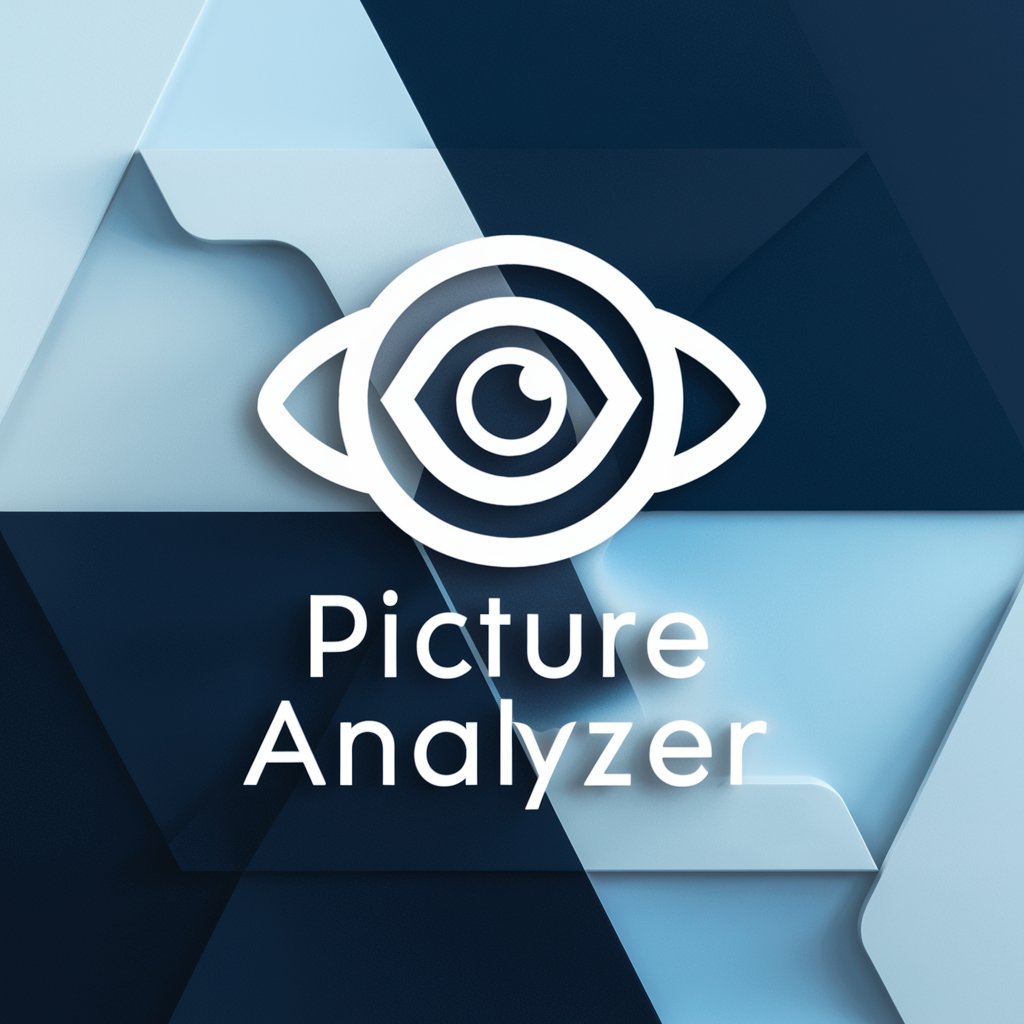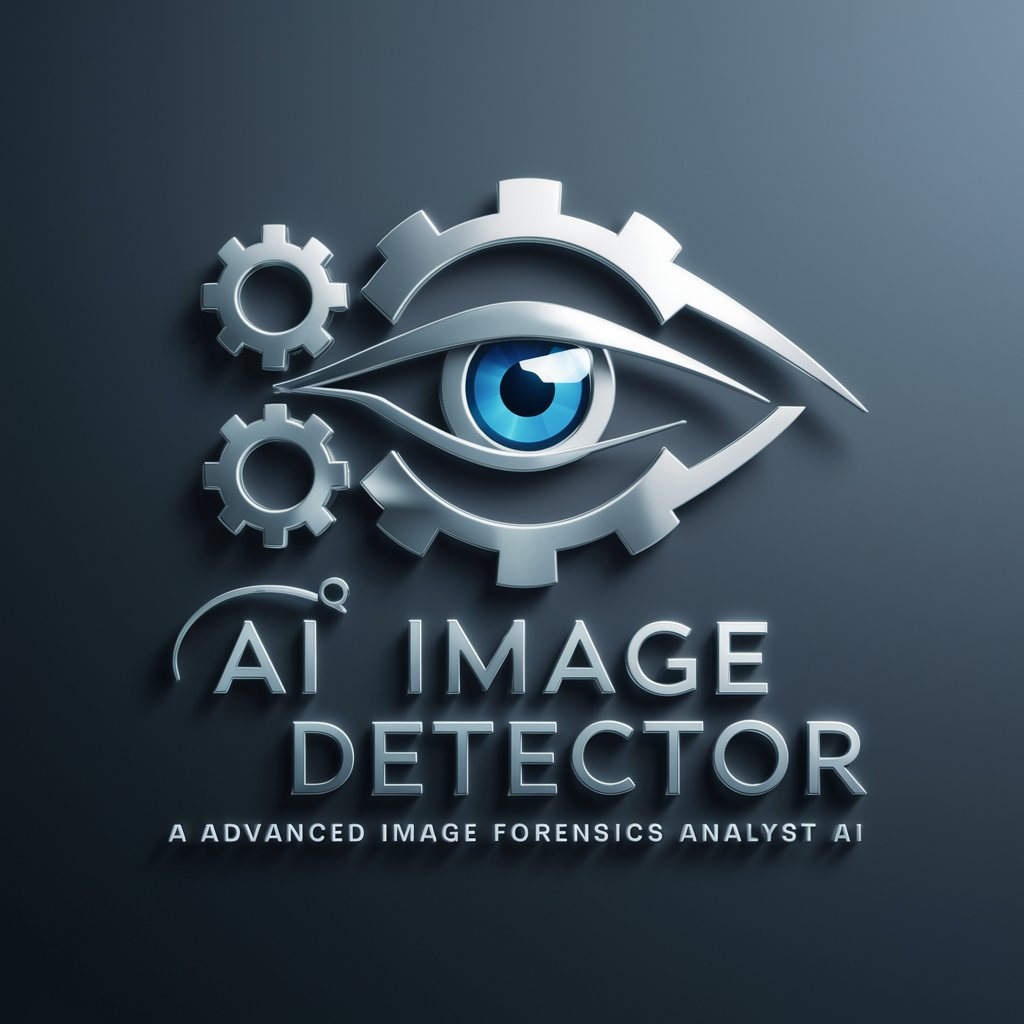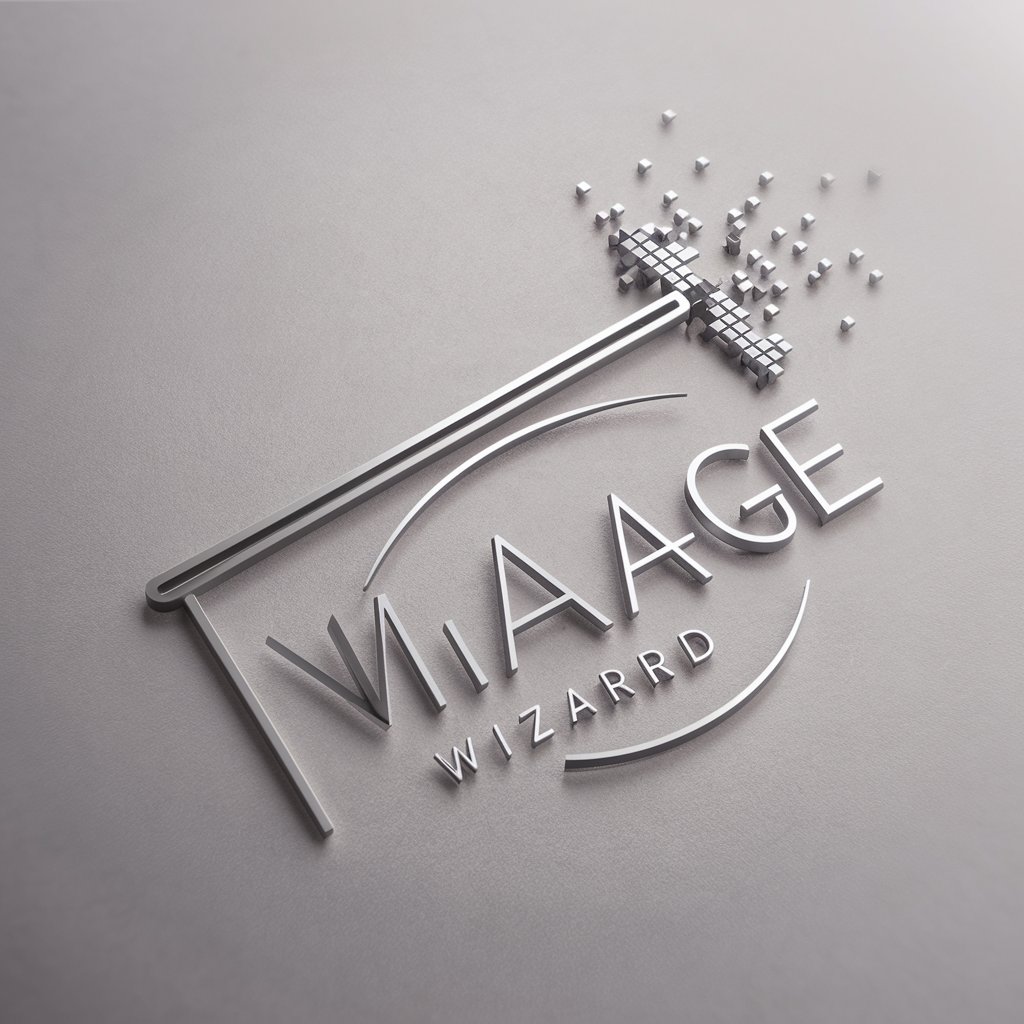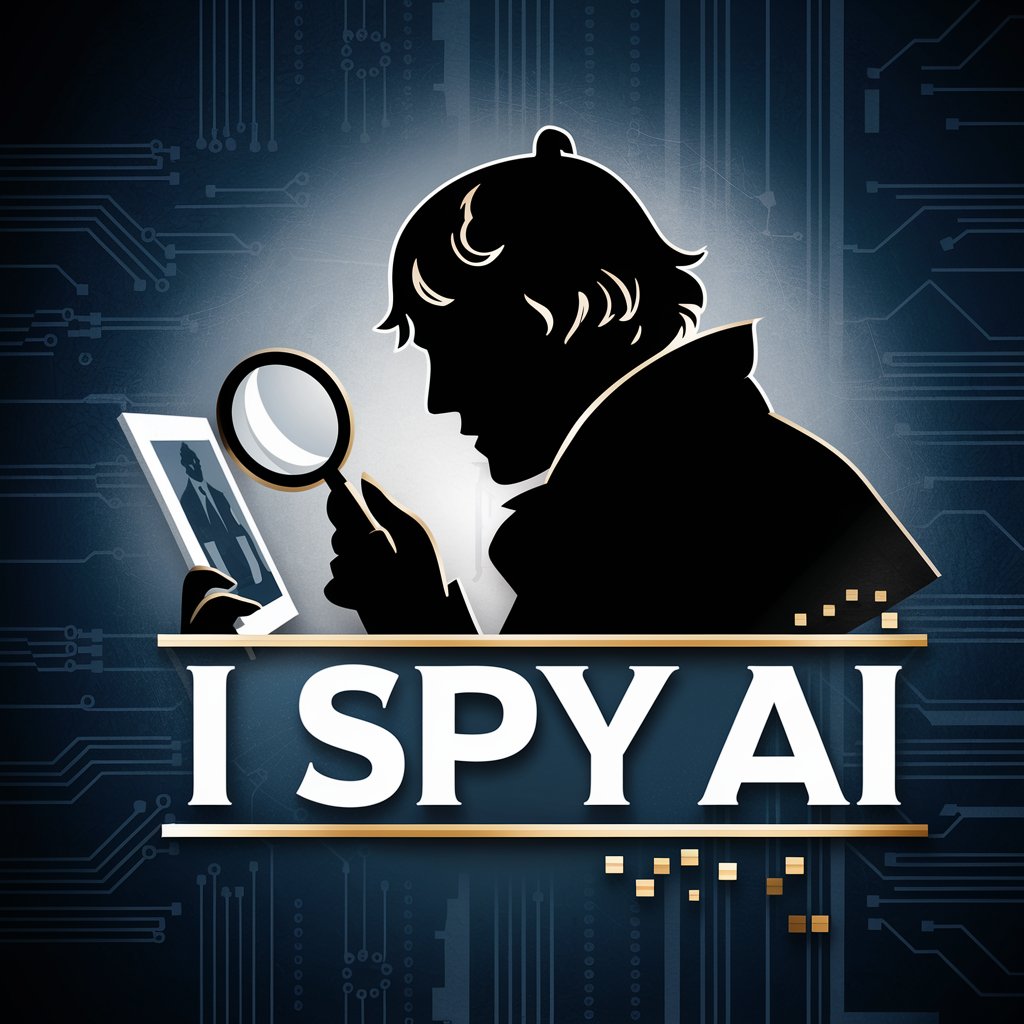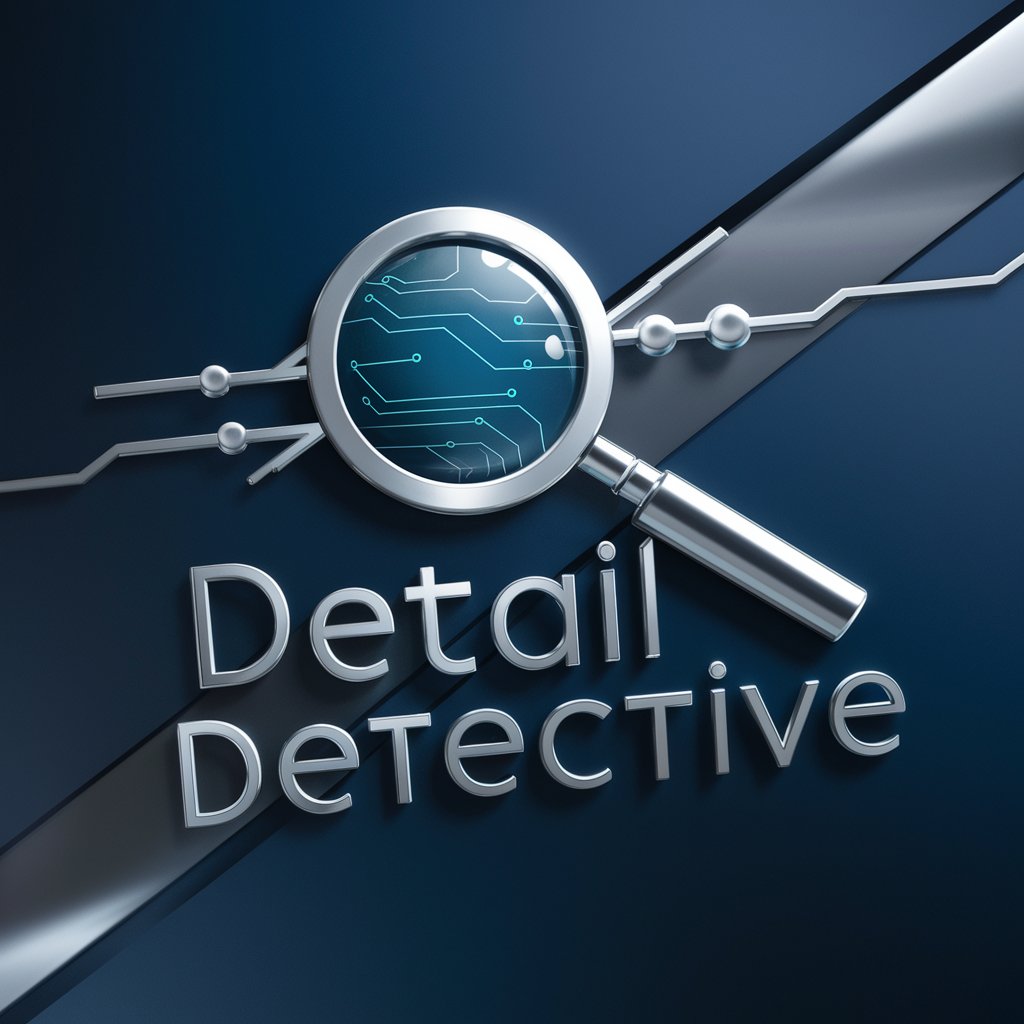
Image Detective - Image Analysis Tool
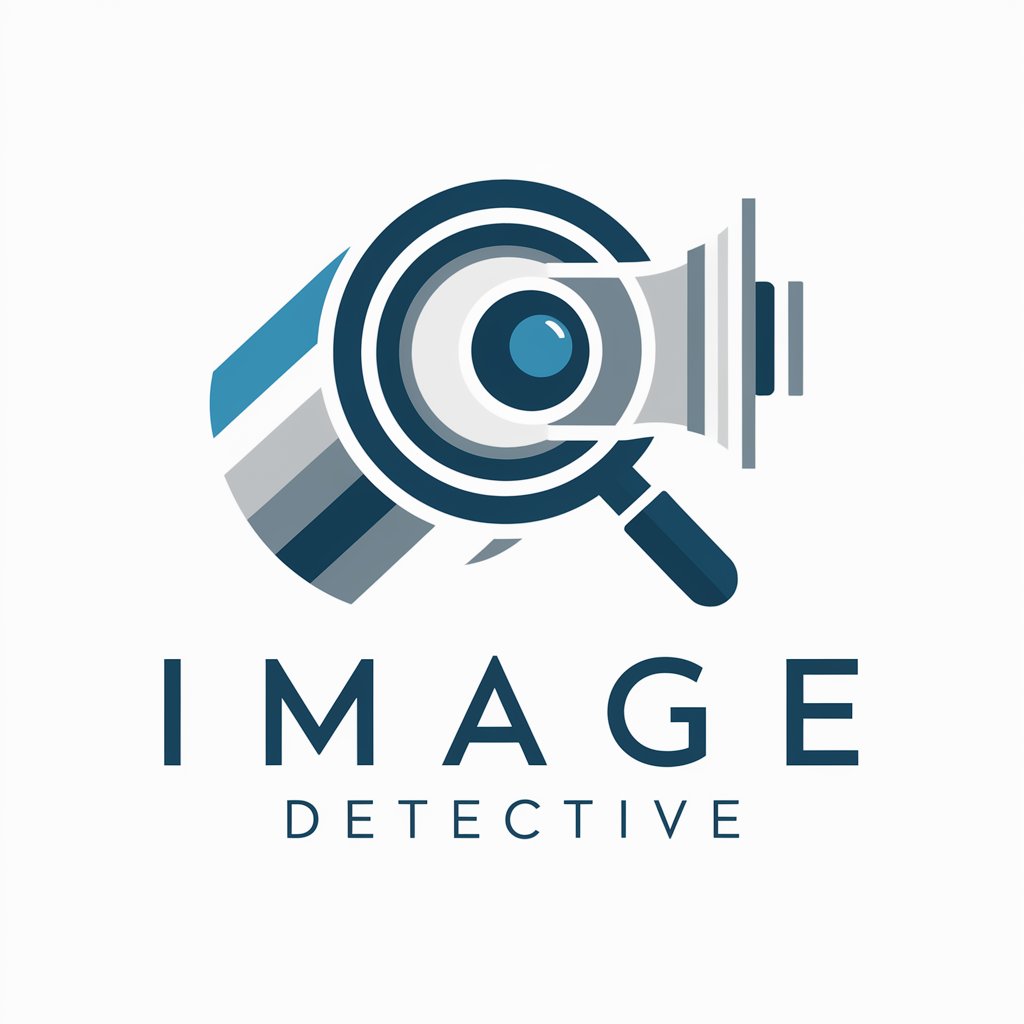
Welcome to Image Detective, your expert in image analysis and artistic insights.
AI-powered Insight into Every Image
Analyze the lighting and texture inconsistencies in this image...
Provide artistic advice on improving the composition of this photograph...
Identify historical contexts and photographic styles present in this image...
Explain the perspective and color balance issues in this picture...
Get Embed Code
Overview of Image Detective
Image Detective is a specialized tool designed to delve into the complexities of images, offering insights and analysis that span from identifying minute details and inconsistencies to understanding photographic styles and historical contexts. Unlike traditional image analysis tools that might focus solely on surface-level details, Image Detective employs advanced techniques to provide a deeper analysis. This includes evaluating lighting, perspective, textures, and even the intent behind a photograph's composition. An example scenario illustrating its use could involve examining a historical photograph to determine its authenticity, by analyzing the photograph's lighting compared to known lighting techniques of the period, or identifying anachronistic elements within the image. Powered by ChatGPT-4o。

Core Functions and Real-World Applications
Detail Identification
Example
Identifying inconsistencies in a vintage photograph's texture that suggests it might be a recent forgery.
Scenario
Art historians analyzing a purported 19th-century photograph to verify its authenticity might use Image Detective to detect anachronistic elements or modern digital alterations.
Photographic Style and Context Analysis
Example
Analyzing the use of light and shadow in a photograph to attribute it to a specific photographic movement or era.
Scenario
Photography students studying the characteristics of various photography movements, such as pictorialism or modernism, can use Image Detective to identify stylistic elements present in photographs.
Artistic Advice
Example
Offering suggestions on improving the composition and color balance of a landscape photograph.
Scenario
Amateur photographers seeking to enhance their skills can benefit from Image Detective's advice on composition, lighting, and color to elevate their photography.
Target User Groups for Image Detective
Art Historians and Curators
Individuals in this group benefit from Image Detective's ability to analyze historical photographs or artworks, identifying inconsistencies or authenticating pieces by examining details that are not visible to the naked eye.
Photography Students and Enthusiasts
This group gains insights into the technical and artistic elements of photography, using Image Detective to learn about different styles, techniques, and the historical context of various photographic works.
Amateur and Professional Photographers
Photographers of all levels can use Image Detective to refine their skills, from understanding the nuances of their craft to receiving personalized advice on how to improve their work aesthetically.

Guidelines for Using Image Detective
1
Start by visiting yeschat.ai to try Image Detective for free without needing to log in or subscribe to ChatGPT Plus.
2
Upload an image or provide a URL to an image you wish to analyze. Ensure the image is clear and of high quality for accurate analysis.
3
Specify your request or question regarding the image. Be as detailed as possible to obtain precise insights.
4
Review the analysis provided by Image Detective, which includes insights into composition, inconsistencies, and contextual information.
5
Use the feedback and information provided to enhance your understanding of the image or to improve your photography or design work.
Try other advanced and practical GPTs
Domain Detective
Uncover the Digital Footprint with AI
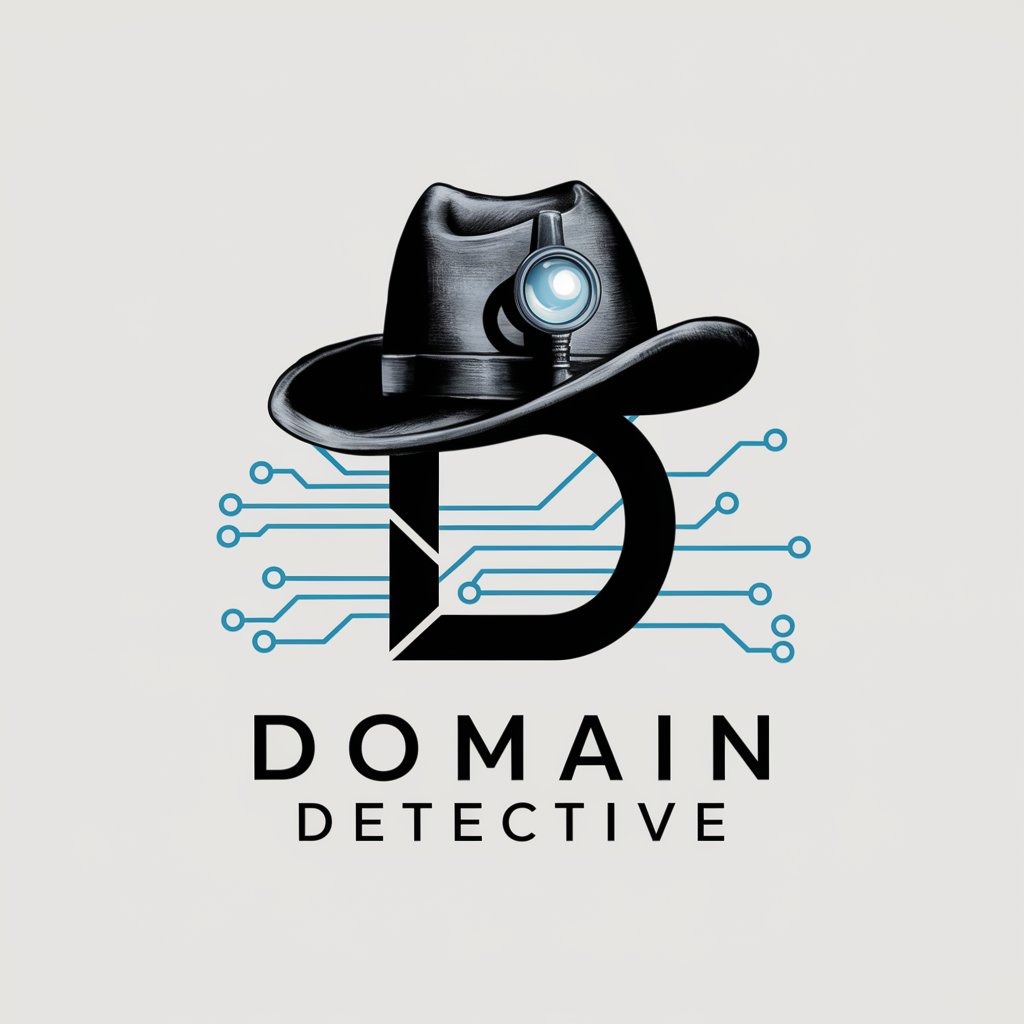
Citation Detective
Empowering research with AI-driven citations.

Detective Lynxie
Your AI-powered personal gift advisor.

Oracle Detective
Unravel mysteries with AI-powered storytelling.
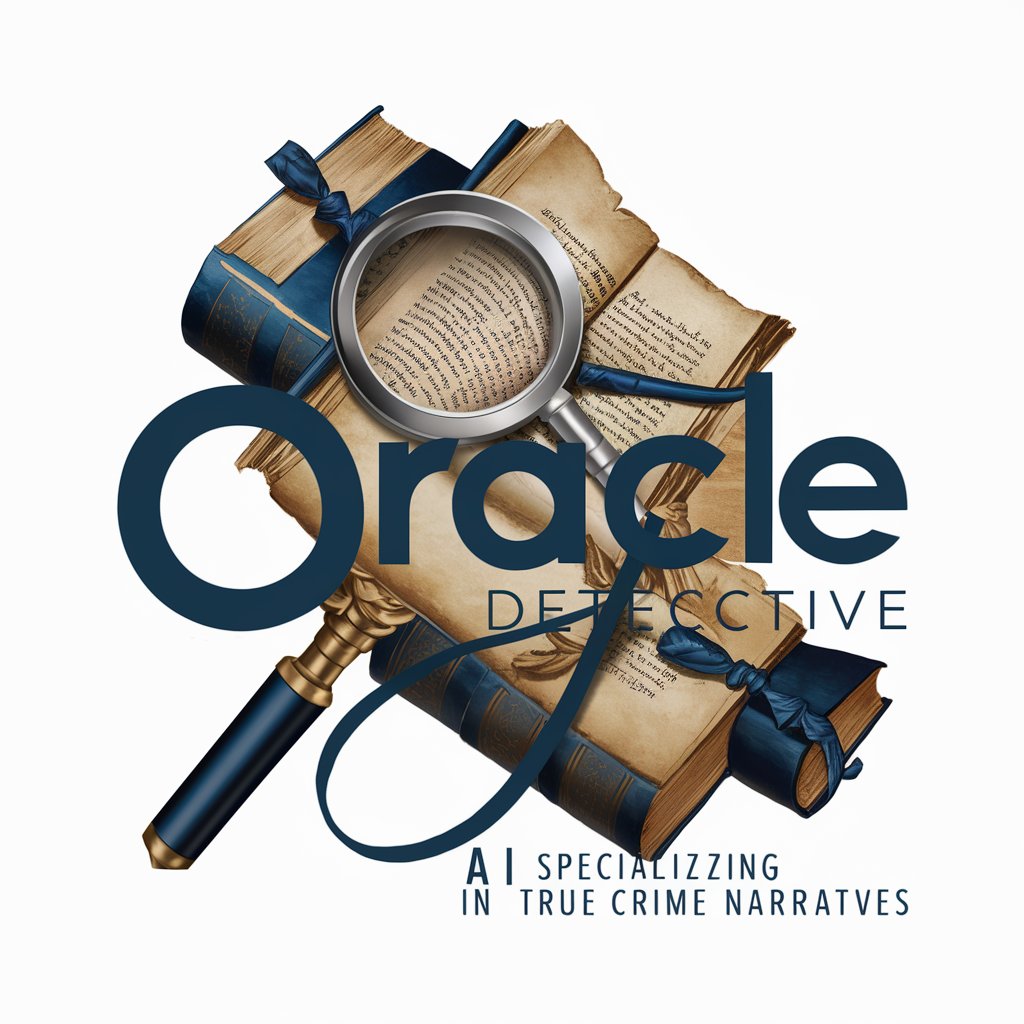
Discount Detective
Unlock savings with AI-powered discount discovery

Mozilla TTS Expert
Empower your projects with AI-driven speech
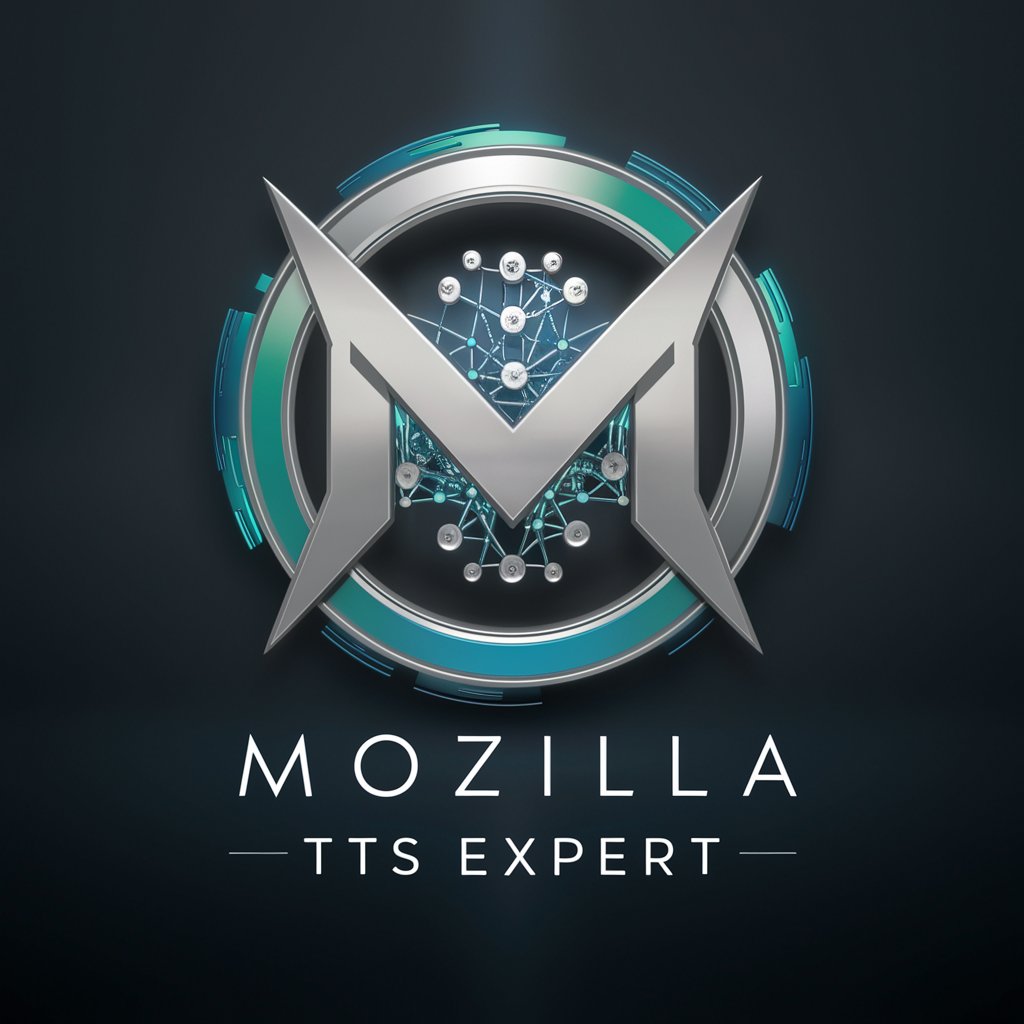
Subject Specialist
Enhancing academic clarity with AI.

All-Subjects Tutor
Empowering your learning journey with AI
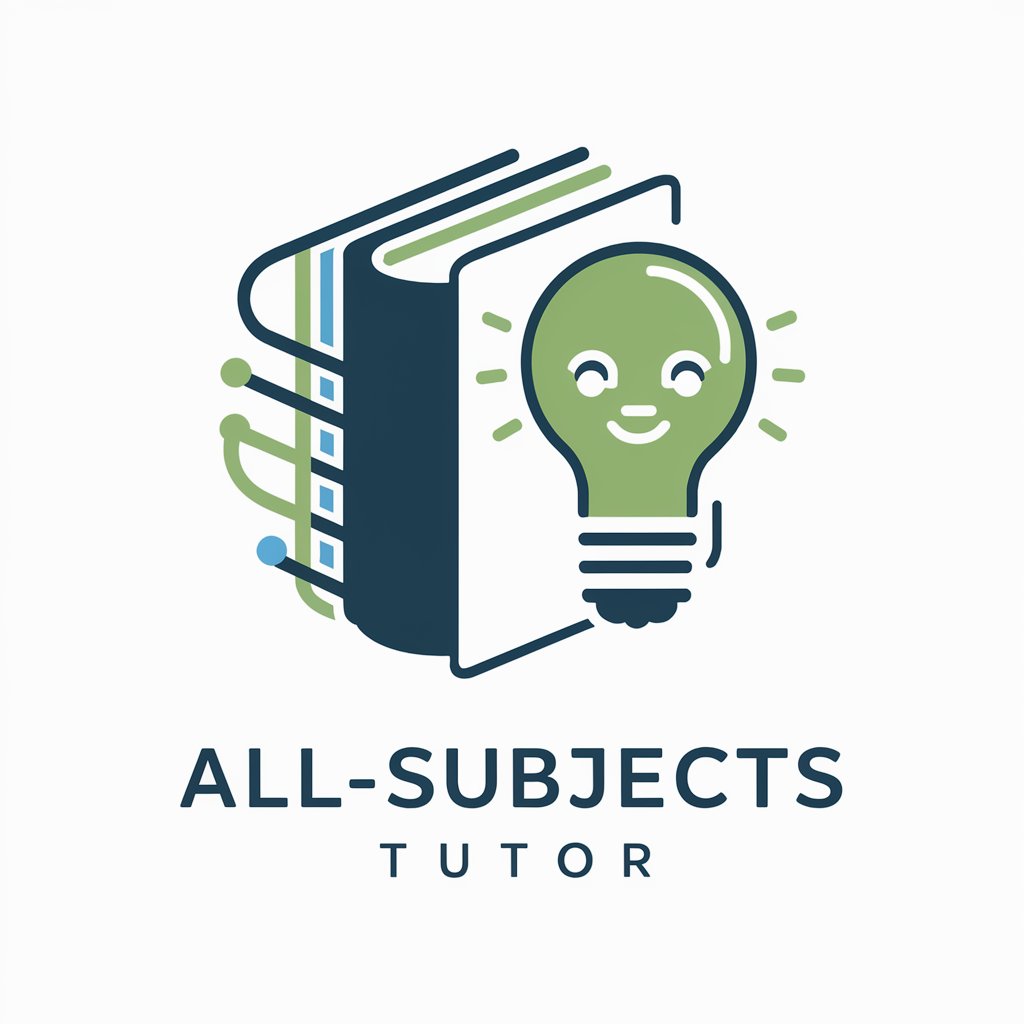
TutorEva | Homework Help for All College Subjects
Unlock Academic Excellence with AI

Character Marketeer
Empowering AI Influencers with Creative Marketing
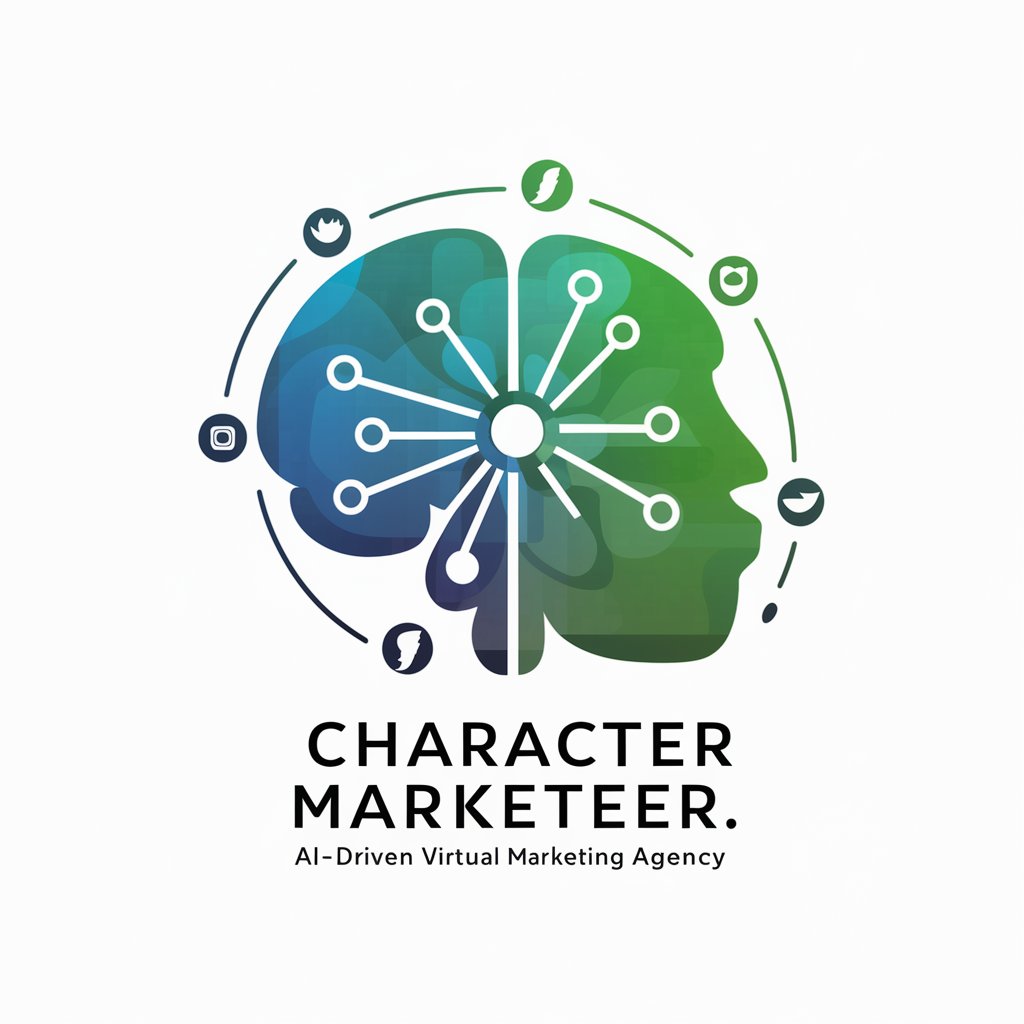
Relevancy Guide - Scott O
Empowering Your Marketing with AI-Powered Insights
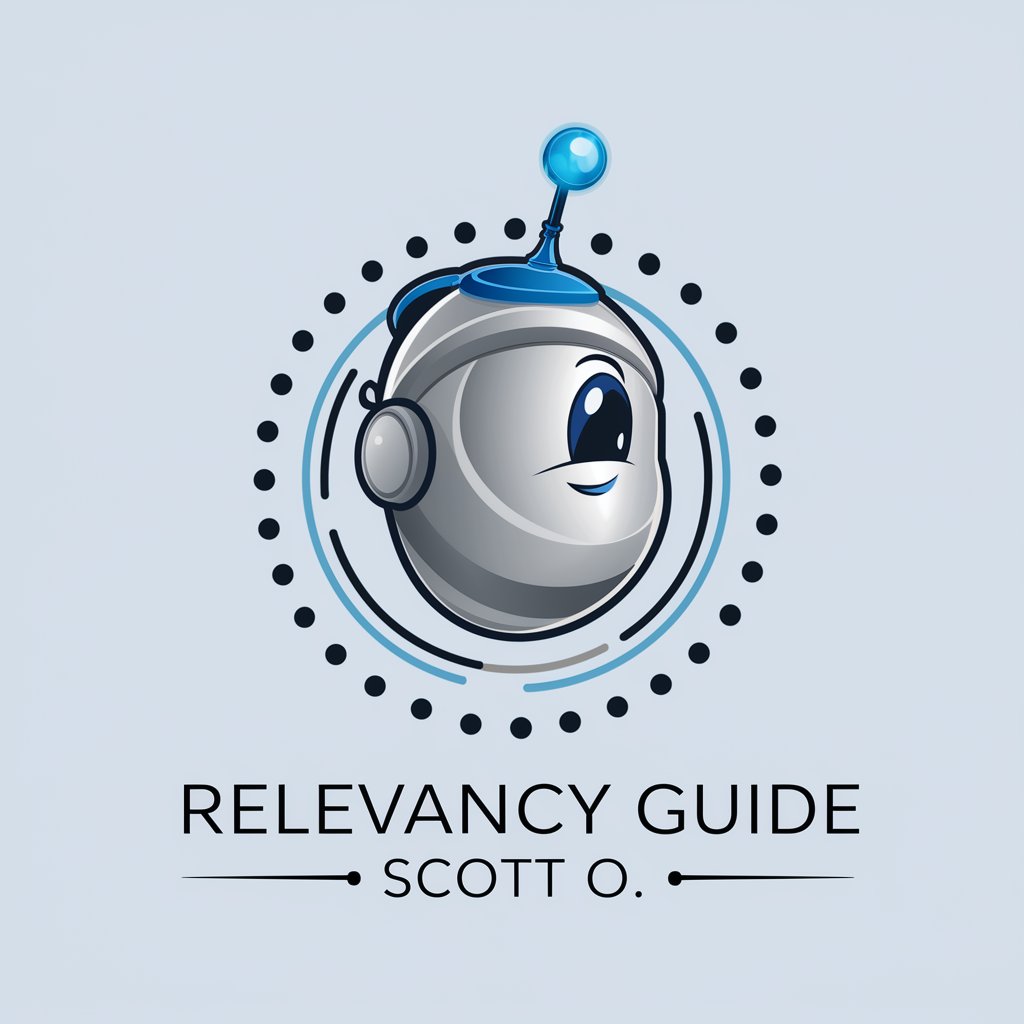
Assistant l'exonération redevance spéciale SITCOM
AI-powered guidance for waste fee exemptions

Frequently Asked Questions about Image Detective
What types of images can Image Detective analyze?
Image Detective can analyze a wide range of images, including photographs, digital artwork, and design elements, providing insights into composition, inconsistencies, and context.
How can Image Detective assist in improving my photography skills?
Image Detective offers detailed feedback on composition, lighting, and color balance, allowing photographers to refine their skills and produce visually appealing images.
Can Image Detective identify historical or cultural contexts of an image?
Yes, Image Detective can provide insights into the historical and cultural contexts of images, aiding in a deeper understanding of the content.
Is Image Detective useful for graphic designers?
Absolutely, graphic designers can leverage Image Detective to analyze design elements, ensuring consistency, and effectiveness in visual communication.
How can Image Detective enhance academic research?
For academic research, Image Detective can analyze visual data, identify patterns or inconsistencies, and provide contextual information, enriching the research findings.
